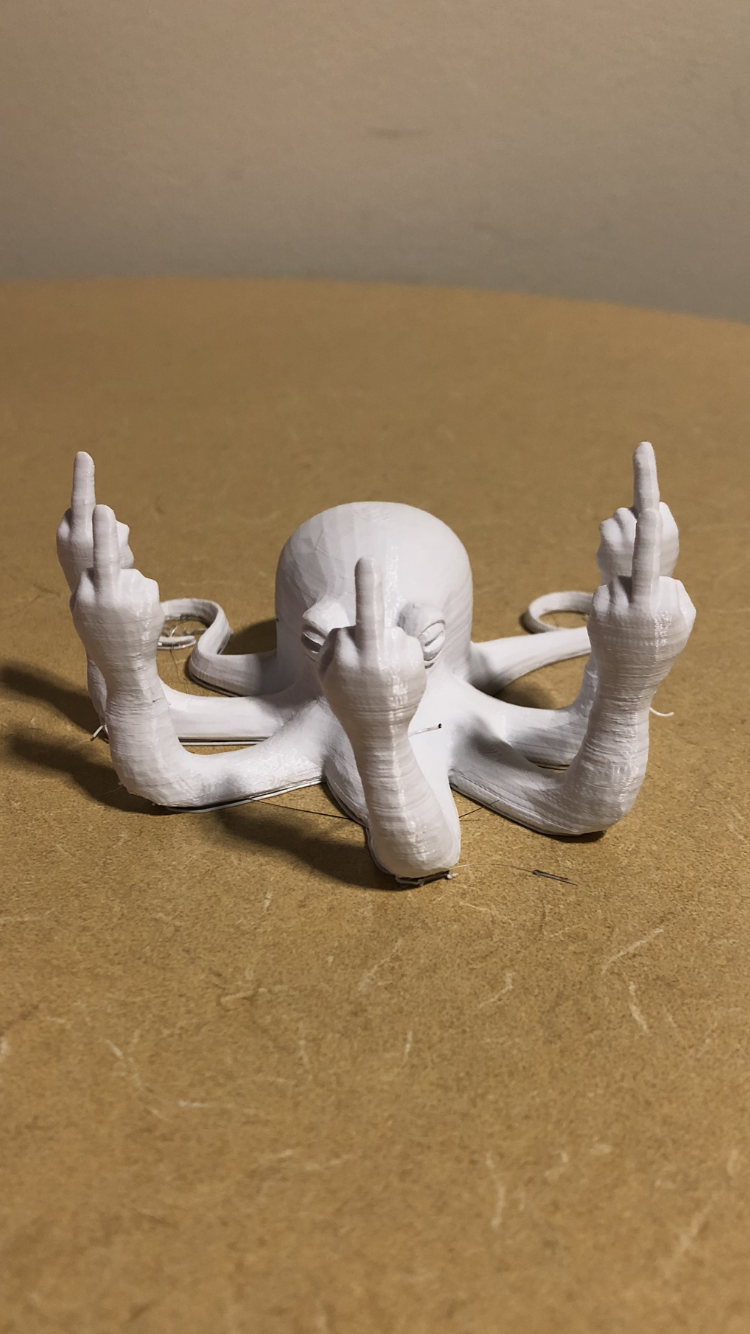The experience of playing Fiasco brings the memories of Beginning Theater classes back to me. The improvisation games are much simpler then, of course. Every student in the class says one word to a one-minute dialogue, depending on the rules, and together the whole class tells a story. No matter the number of words a student gets to say or the size of the class, the goal remains to keep the story flowing. Those games were much more lighthearted than Fiasco, but the mechanisms of the two resemble each other. The winner in Fiasco does not have to be only the ones who survive and get away with the prize. The entire group of players could win when it narrates a logical and intriguing story together.
The discussion part of Fiasco makes the storytelling collaborative, so it becomes every player’s duty to consider whether the story flows smoothly. It tends to be challenging to accurately portray a character, especially when he/she is of a different gender. In addition, to truly be able to think and act as another person takes much longer than half an hour. Questions from where did the character grow up to the character’s favorite song could be considered to bring him/her to life. Limited time means players may not have perfectly adapted to the character, so discussion becomes crucial. When a player plans something completely out of character, others could suggest a more logical action.
In addition to discussion, the acting, or improvised dialogues scenes, are collaborative. As in improvisation theater, “Yes! And?” serves as an important rule. You do not tell your fellow actor “No, that did not happen,” while they act. In Fiasco, you can disagree during the discussion or add in new information to twist the story, so long as it fits in logically. When a player makes a decision during the act, however, the rest of the group follows. They could discuss before the decision is made, but once it sets, it sets. Although the players adopt characters (deterministic laws), each of the players (five in my case) can still act unexpectedly (randomness). You don’t know what other players have in mind. They can give you a dice of the opposite color to the one you had in mind, or add in information that leaves you in an unanticipated situation. Sometimes a decision might subvert the whole plot; yet, if other players halts the course of acting by saying “no,” part of the fun in the game is lost. Also, the design of Fiasco doesn’t ensure a good ending, or winning, of a character even if he/she remains alive at the end of Act II. A dice roll could still lead to a bad ending.
During our gameplay, I was the one that attempted to subvert the plot. At the beginning of the game, Robert (Kathy) and Easi (that’s me) planned to steal some cargo (2 kilograms of high-tier cocaine) from a source. Then, after the rest of my group planned on obtaining a case with unknown, valuable content from a Mexican restaurant, I revealed that the case they were after was the one already stolen by me the night before. The other players decided to follow my narration, and I became targeted by three players immediately. As the plot unravels, four players began calculating each other to gain the lion’s share of the cocaine. We made plans, and the tilt happened. Surprisingly, it fitted well into the narration. Someone panicked, and someone died. After discussion, we decided that Robert was the most likely to panic, as he was under stress from his family (his mother going through chemotherapy), a debt coming due, haunting memories and hatred towards his thief partner Easi. Joseph (Alan) catalyzed the process by revealing that his goal amidst the chaos was to protect his son Molly (Keita), get rich, while staying clean. This way, him leaking his employee Robert and partner Kylie’s (Ruohan) plan to their target Easi was justified. In the end, Kylie, Easi and Robert all died, and the case with cocaine fell into Joseph’s hands. However, a poisonous snake was set up in the case for whoever took the case from Easi, so the snake killed Joseph, too.
It is fun to stay alive in Fiasco. However, the equally entertaining part is to tell an engaging and logical story. As in classic noir films, some characters are destined to die. The protagonists are designed incapable of resisting the charm of the femme fatale and the lure of social mobility, while the femme fatale plays to her own downfall. A film may be successful with the protagonist and antagonist both dead, as Fiasco could tell a successful story with no individual victory.





